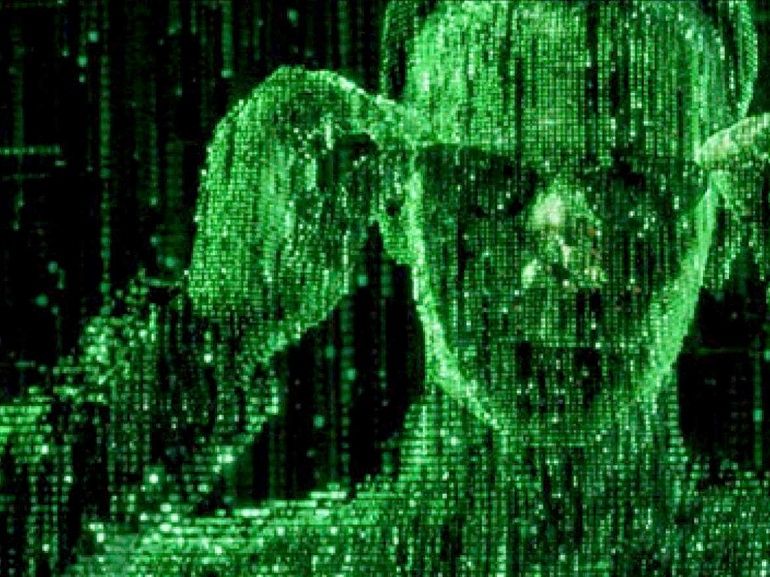Matrix theory is a fundamental branch of mathematics with broad applications in various fields, including physics, computer science, and engineering. It provides a powerful framework for representing and manipulating data, solving complex systems of equations, and understanding transformations in geometric spaces. In this blog post, we will delve into the captivating world of matrix theory, exploring its basic concepts, properties, and practical applications that have revolutionized multiple disciplines.
I. What is a Matrix? At its core, a matrix is a rectangular array of numbers, symbols, or expressions arranged in rows and columns. Each entry in the matrix is known as an element. Matrices serve as a concise and efficient way to represent and work with large sets of data. They find extensive use in areas such as linear algebra, statistics, and computer graphics.
II. Basic Concepts and Operations Matrix theory introduces several fundamental concepts and operations. These include matrix addition, scalar multiplication, matrix multiplication, and matrix transpose. These operations allow for the manipulation and transformation of matrices, enabling us to solve systems of linear equations, calculate determinants, and perform various other mathematical tasks.
III. Properties and Types of Matrices Matrices possess unique properties that make them versatile tools in mathematical analysis. These properties include symmetry, skew-symmetry, diagonalizability, and invertibility. Matrices can also be categorized into different types, such as square matrices, identity matrices, symmetric matrices, and orthogonal matrices, each with its own distinct characteristics and applications.
IV. Applications in Physics and Engineering Matrix theory plays a crucial role in several branches of physics and engineering. It forms the foundation for quantum mechanics, where matrices, known as operators, represent physical observables and transformations. In engineering, matrices are used to model and analyze systems in electrical circuits, control theory, and structural mechanics.
V. Applications in Computer Science Matrix theory is fundamental to many aspects of computer science. Matrices are extensively used in computer graphics, image processing, machine learning, and data analysis. Matrix operations enable transformations, such as translation, rotation, and scaling, which are essential for rendering 3D graphics and manipulating images. Matrices are also utilized in algorithms for data compression, pattern recognition, and network analysis.
VI. Matrix Theory and Cryptography Matrix theory finds applications in the field of cryptography, which involves secure communication and data encryption. Matrices are used in cryptographic algorithms to perform operations on large numbers, ensuring secure transmission and storage of sensitive information.
Conclusion: Matrix theory is a powerful mathematical framework that has revolutionized various disciplines, including physics, engineering, computer science, and cryptography. Matrices provide a compact and efficient way to represent and manipulate data, solve complex equations, and understand transformations in geometric spaces. From quantum mechanics to computer graphics, matrix theory plays a pivotal role in advancing scientific and technological frontiers. By further exploring the depths of matrix theory, researchers and practitioners continue to unlock new possibilities and innovations that shape our modern world.



















Add Comment